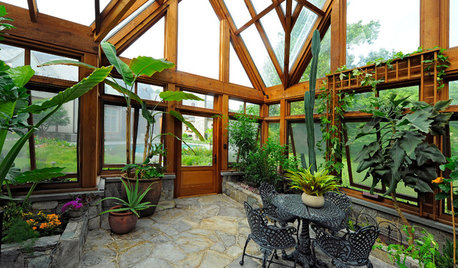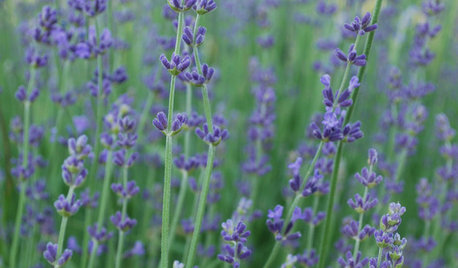Tree Growing Bed
marcindy
16 years ago
Related Stories

EDIBLE GARDENSHow to Grow 10 Favorite Fruit Trees at Home
Plant a mini orchard in fall, winter or early spring to enjoy fresh-off-the-tree fruit the following year
Full Story
GARDENING GUIDESGrow Your Own Privacy: How to Screen With Plants and Trees
Use living walls to lower your home and garden's exposure while boosting natural beauty in your landscape
Full Story
EDIBLE GARDENSThe Enticing Garden: How to Grow Bananas
Sweeten your dining table with surprising flavors of banana cultivars while adding tropical flavor to your garden
Full Story
GARDENING GUIDESYes, You Can Grow an Edible Garden on a Hot, Dry Site
Difficult garden spots don’t need to deter you from planting trees, herbs and other delicious food plants
Full Story
GARDENING GUIDESYes, You Can Grow Food in a Shady Yard
Your shady garden doesn’t have to be forever barren. Berries, herbs and other shade-loving plants can produce a delicious bounty
Full Story
DECORATING GUIDESGinkgo Motifs Grow on Rooms
Simple and shapely, ginkgo leaves bring a graceful, natural note to wallpaper, fabrics and furnishings
Full Story
FARM YOUR YARD6 Things to Know Before You Start Growing Your Own Food
It takes time and practice, but growing edibles in the suburbs or city is possible with smart prep and patience
Full Story
GARDENING AND LANDSCAPINGGrow a Lush Privacy Screen
No need to wait forever for patio privacy the green way. These 10 ideas will get your screening up and running in no time
Full Story
EDIBLE GARDENSHow to Grow Your Own Cocktail Garden
Conceivably, anything edible could find its way into a cocktail. Why not make the route rather short?
Full Story
SPRING GARDENINGSummer Crops: How to Grow Strawberries
Pluck your own sweet strawberries right from the garden vine for smoothies, salads or eating then and there
Full Story





ken_adrian Adrian MI cold Z5
alexander3_gw
Related Discussions
Tree experts, help with fast growing trees?
Q
Okrung Mango Tree--how fast do these trees grow?
Q
Standard trees expected size growing apple trees from seed?
Q
Tree or shrub growing in creek bed.
Q
Dibbit
marcindyOriginal Author
Dibbit
marcindyOriginal Author
ken_adrian Adrian MI cold Z5
ken_adrian Adrian MI cold Z5
marcindyOriginal Author
lucky_p
marcindyOriginal Author
Embothrium
lucky_p
Dibbit
Embothrium
marcindyOriginal Author
Dibbit
marcindyOriginal Author
Embothrium